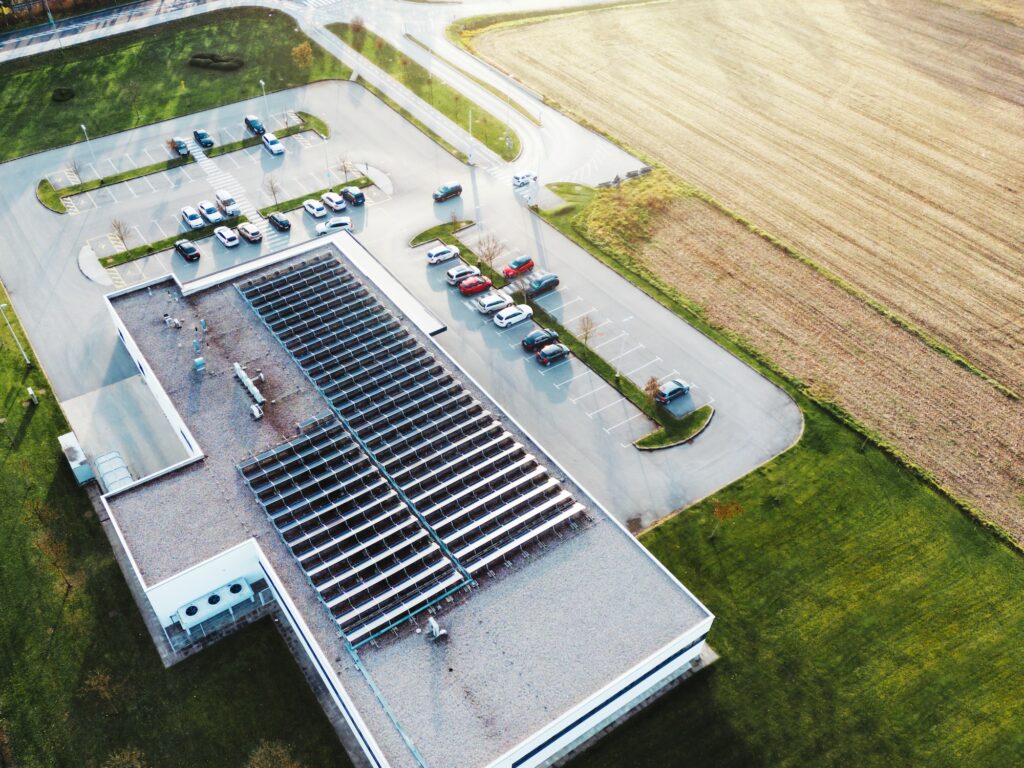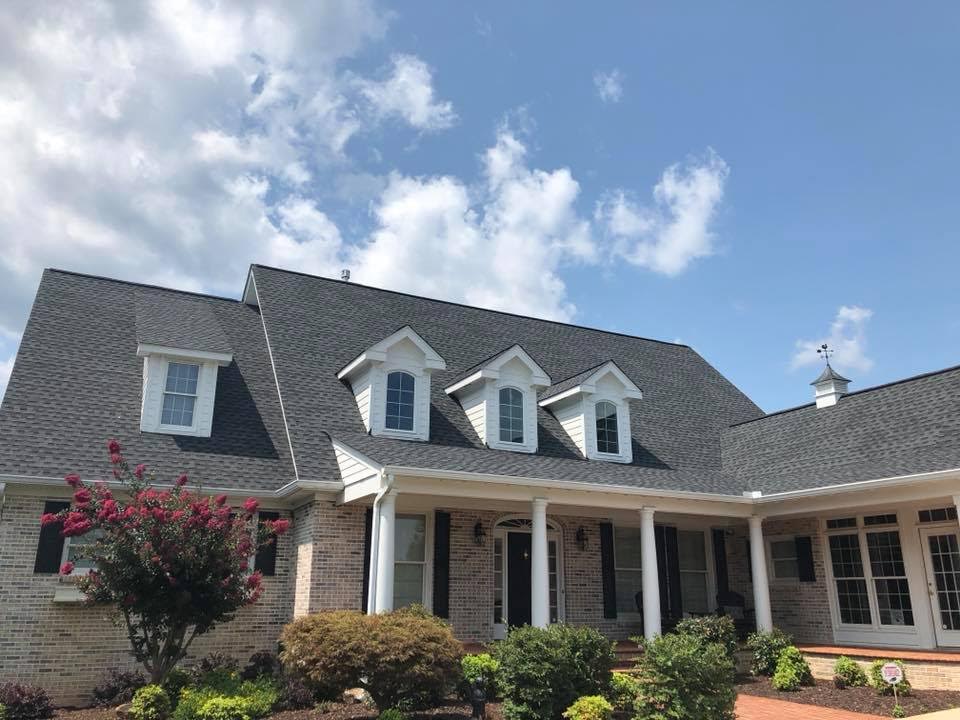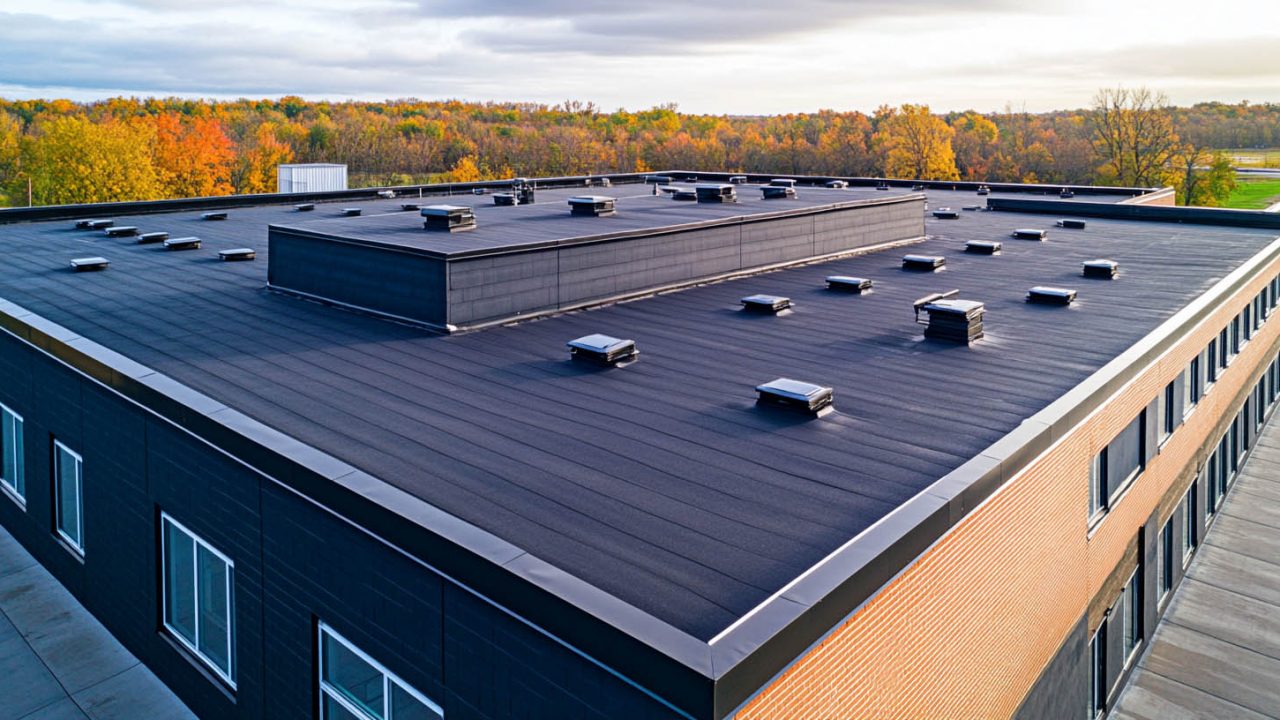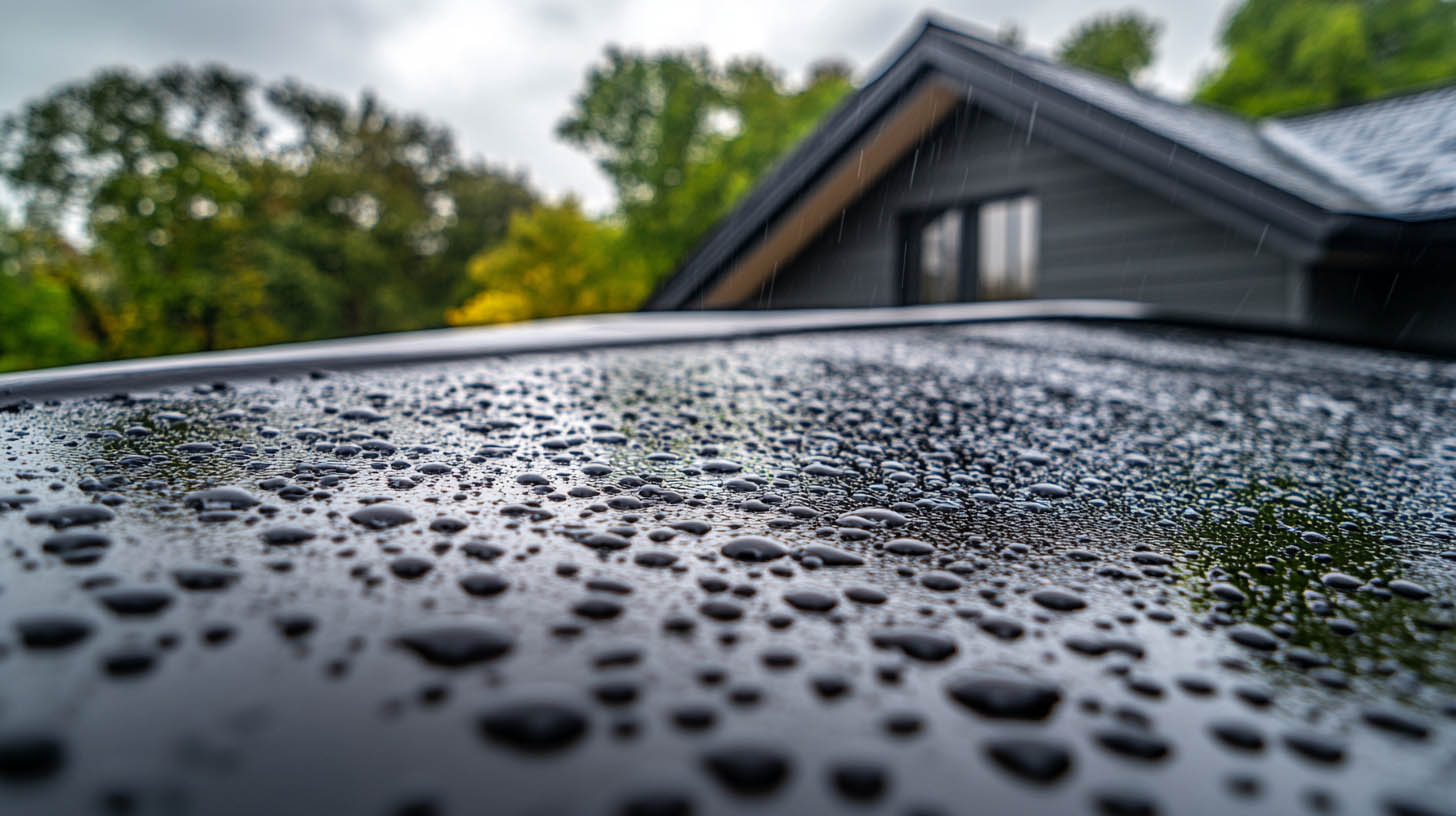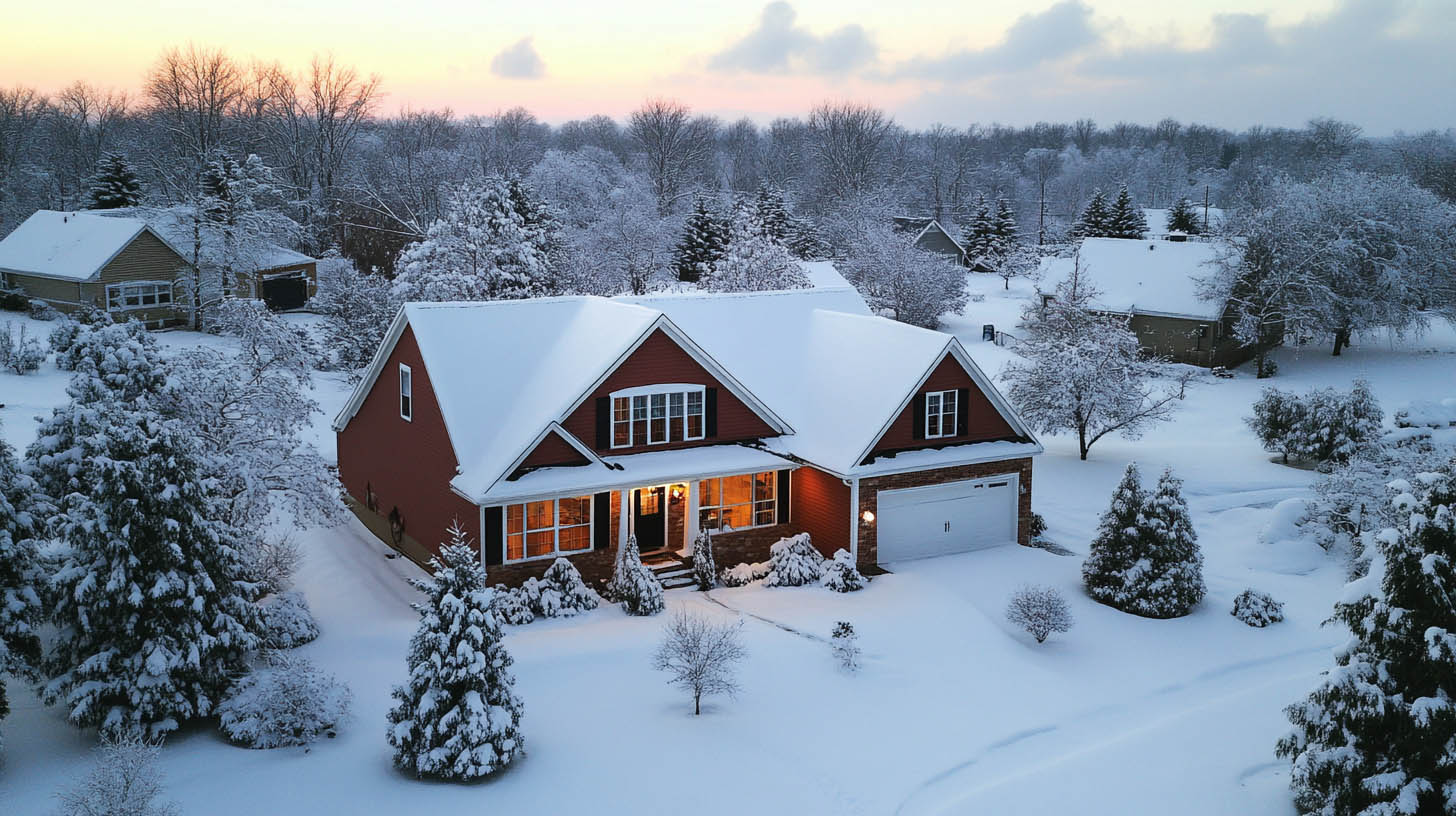When managing multiple buildings, your maintenance resources may be stretched thin. Prioritizing crucial components like the roof is essential to maintaining structural integrity. A uniform approach to roof maintenance for multiple facilities is necessary to stay on top of maintenance workloads and ensure no potential weaknesses in your roof systems are overlooked. United Contracting & Roofing LLC offers expert guidance on developing a comprehensive roofing maintenance plan.
The Value of a Roof Maintenance Plan
Roof maintenance planning provides several benefits, including physical, financial, and intangible advantages. Establishing a routine of roof maintenance supports the ongoing strength and integrity of the roof system. Preventing damage and identifying defects early keeps your facilities safe and ensures normal business operations.
Financially, routine maintenance is more cost-effective than large, unplanned expenses from roof damage and failures. Additionally, having a streamlined maintenance plan provides peace of mind, ensuring that the investment in your roof system is protected and maintenance workloads are managed efficiently.
Preventive and Scheduled Maintenance
Scheduled and preventive maintenance for each facility’s roof is a wise investment. Your roof maintenance plan should cover three key areas:
1. Budgeting
Roof maintenance planning is ultimately a money saver. Budgeting a reasonable amount for quarterly or annual roof upkeep is easier than setting aside funds for major roof problems that may arise without preventive maintenance. Routine maintenance costs are predictable and help prevent large financial hits to your maintenance budget.
2. Standard Tasks and Schedules
A standardized plan outlining which roof maintenance tasks are performed and on what schedule ensures uniformity across all sites. This standardization allows contractors or staff to apply the same criteria at every location, maintaining consistency in maintenance practices.
3. Monitoring
Regular inspection of all basic roof components is the most critical aspect of your maintenance routine. Inspections keep roof supports, systems, and surfaces in good condition from the start and catch minor problems early. Consider site-specific factors like location and environment in your inspections. For example, prepare roofs for heavy snowfall or high winds if those conditions apply to your region. If overseeing buildings in different regions with varying challenges, update your maintenance checklist to reflect the specific circumstances.
Documenting Your Roof Work
Properly recording the dates and details of work done on your roof systems is crucial, especially when managing multiple buildings. Keep track of which building and sections of the roof were serviced, the problems addressed, and the specifics of the work performed. Detailed notes help track costs and evaluate the quality of service provided.
Accurately recording service dates and warranty details is important to avoid potential disputes with your roofing vendor if work needs to be repaired or repeated. Maintain original plans and documentation for the initial design and installation of a roof system, as they may be necessary for future maintenance or repairs.
Conclusion
The value of avoiding costly problems combined with the opportunity to streamline your maintenance workload should make a roof maintenance plan a top priority. For expert advice on maintaining your facilities’ roof systems, contact United Contracting & Roofing LLC. To learn more about the TPO Commercial Roofing: Benefits and Drawbacks, click here.

